How to Save Water at Home: Beginner, Intermediate, and Advanced Tips
Here are 15 ways to save water around the house.
Updated Jan. 3 2023, 4:01 p.m. ET
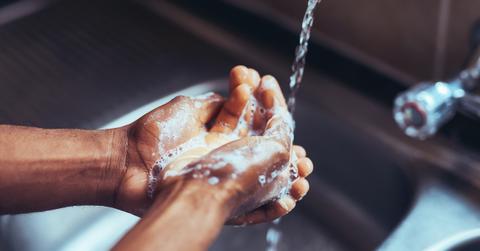
The average American uses 80 to 100 gallons of water for indoor home use every single day, according to the USGS. And considering the recommended amount of water for drinking is just half a gallon a day, hydrating less is definitely not the answer for saving water at home.
Fortunately, there are endless ways to save water around the house that can help lower your water bill as well as your environmental impact.
But if you’re concerned with more than just your water bill, we’ve also compiled some more advanced tips that will help save the water you don’t see. Read on for 15 beginner, intermediate, and advanced ways to save water around the house.
Beginner water-saving tips:
The first tips on this list are easy, basic things that anyone can easily do around the house.
Turn off the faucet during tasks.
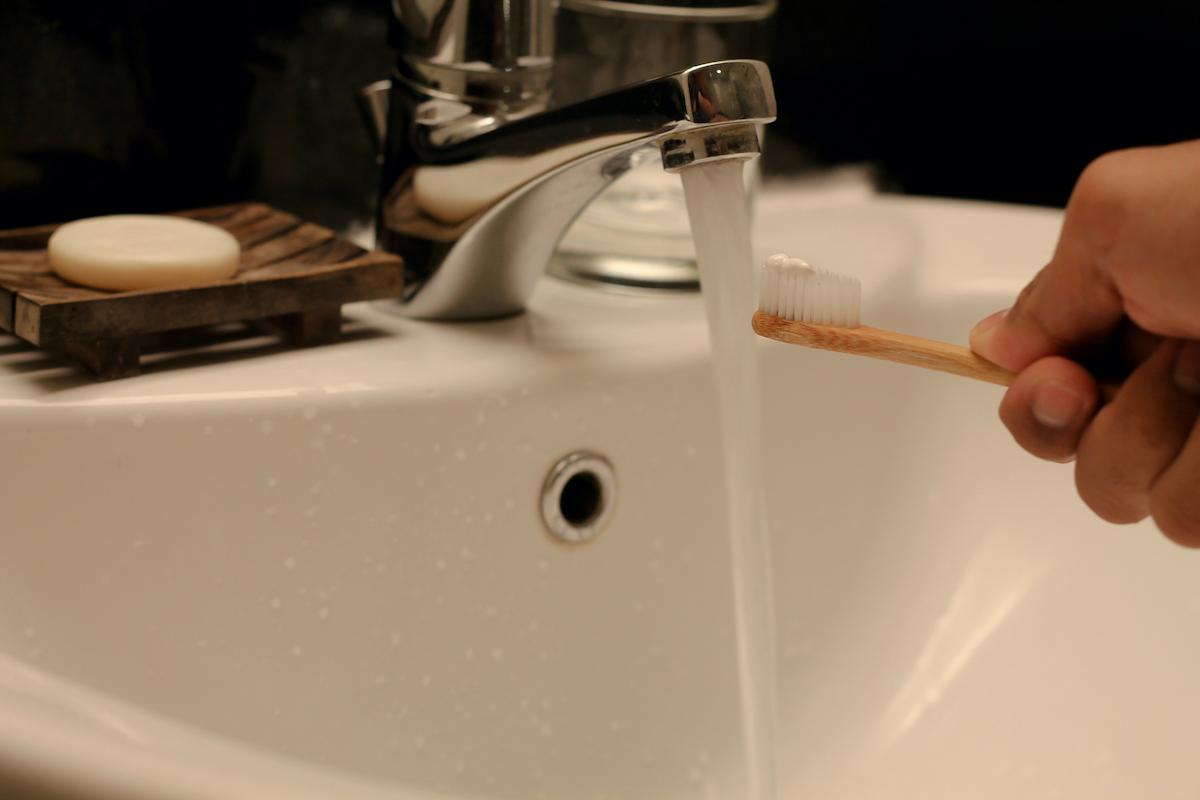
While washing hands, dishes, and produce, as well as while shaving at the sink, sometimes it seems easier to just leave the water running even when you’re not using it. But shutting off the faucet while washing your hands or doing other tasks can save more water than you think. During a 20-second hand wash, you could waste a quarter of a gallon of water. And with all the hand washing we’re doing these days, that really adds up.
Use your dishwasher — properly.
Using the dishwasher is more sustainable than handwashing in most cases, as dishwashers generally use less water than handwashing. Just make sure to only run your dishwasher with a full load, run it on the shortest cycle setting, don’t run the pre-rinse, and if possible, use an energy-efficient dishwasher (more on that below).
Run shorter washing machine cycles.
Similarly, wash clothes on the shortest cycle on your washing machine, make sure not to add an additional rinse cycle, and use cold water whenever possible. Avoid the permanent press cycle as well, as it uses both warm and cold water plus an extra rinse.
Change up your shower routine.
Taking a long shower every day uses a lot more water than you think. According to Jolie Skin Co, the average American shower lasts for 7.8 minutes and uses 15.8 gallons of water. You can reduce this amount by taking shorter showers, taking showers less frequently, or washing your hair less frequently.
Keep drinking water in the fridge.
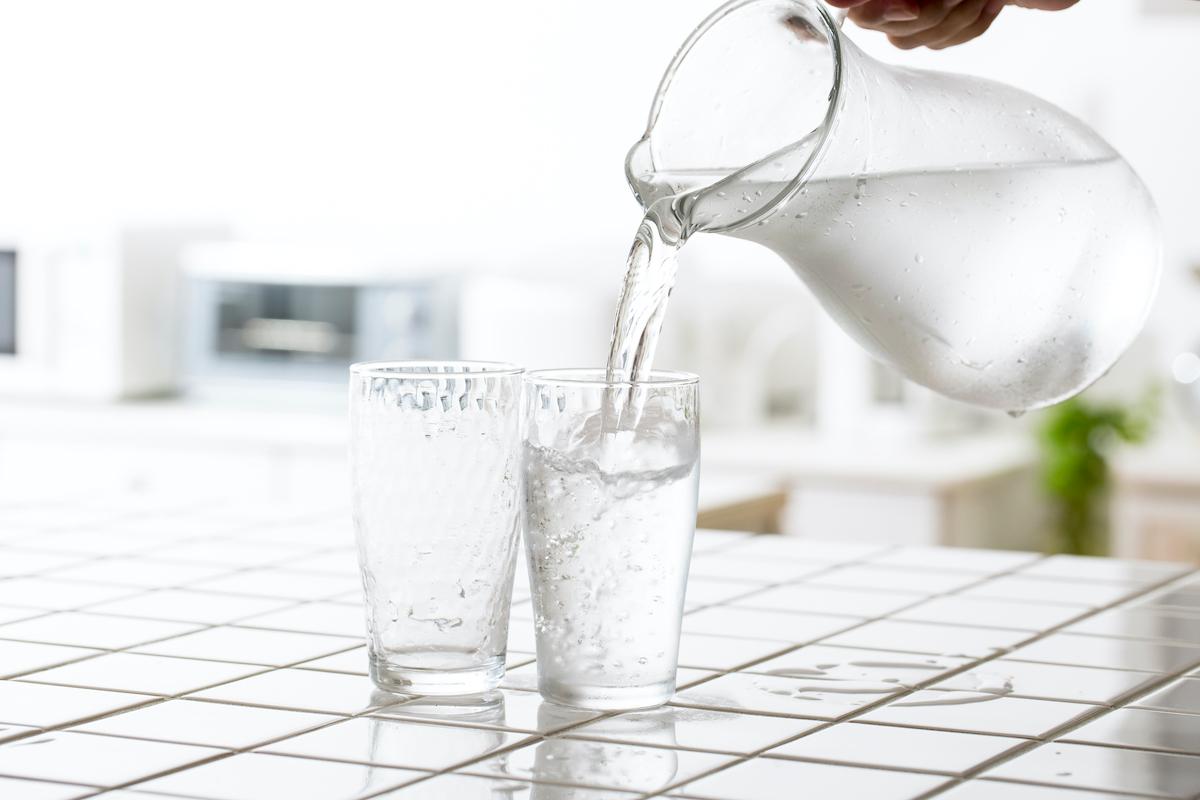
If you find yourself constantly running the tap to get it to the perfect, icy-cold temperature, consider keeping a pitcher of water in the fridge so there’s always cold water on hand and you won’t need to run the tap.
Optimize your cooking water.
Boiling some vegetables? Opt for steaming instead, which only requires an inch or two of water. Even better — if you’re cooking rice or pasta, steam vegetables in a basket over the pot!
Cooking pasta? Use the smallest pot that will accommodate your noodles to ensure you don’t use more water than needed. Also, save some of the cooking water when you make pasta before draining it, and use the starchy water to bulk up sauces and soups.
Wash your clothes less often.
While gym clothes, socks, and underwear should definitely be washed after each wear, any clothing that does not gather sweat, visible dirt, or anything else can probably be worn again before you wash it. We’ll leave the judgment calls here up to you.
Intermediate water-saving tips:
Ready for the next level? Here are some ideas and home improvement projects that will help you save even more water.
Install a low-flow shower head.
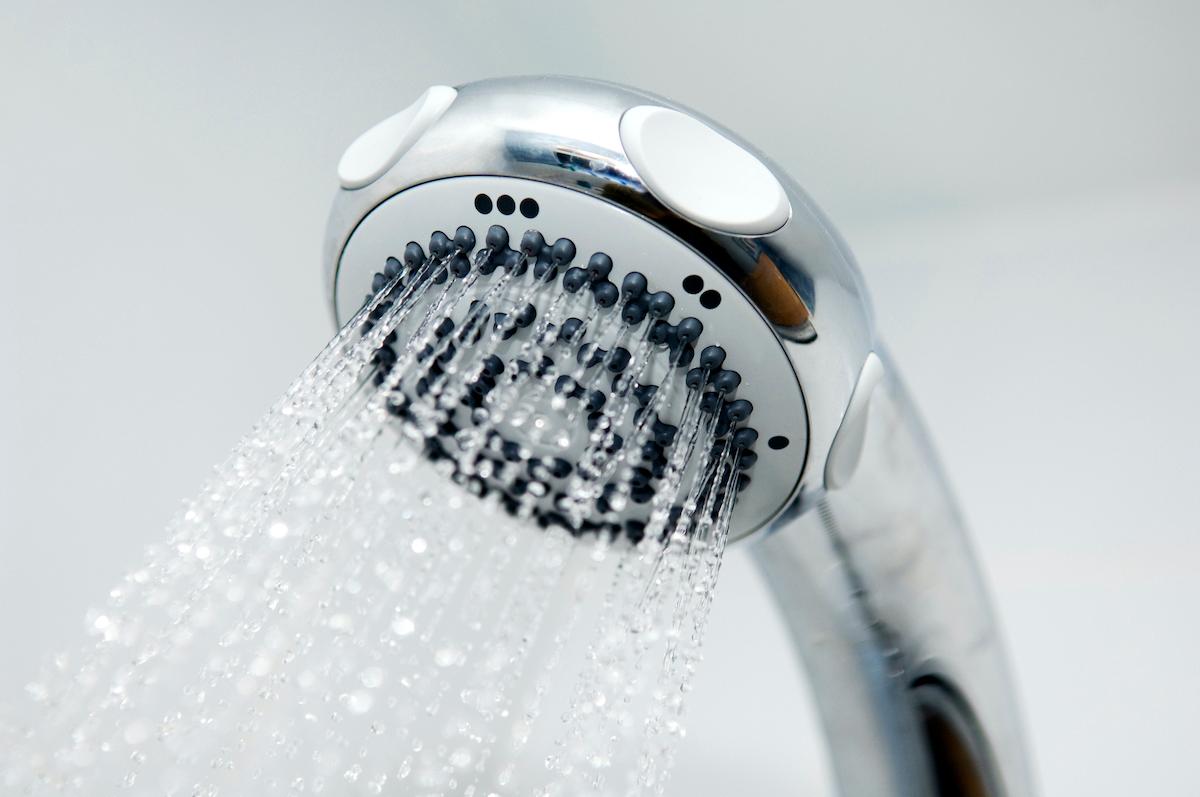
A low-flow shower head can significantly reduce the amount of water you use in a shower. For example, this Waterpik showerhead emits 1.8 gallons of water per minute, while the average average shower head flow rate is 2.1 gallons per minute, according to The Shower Head Store.
Repurpose greywater.
Greywater is the lightly-used water runoff from your bath, shower, or sink. Simply put a bucket in your sink or shower to collect extra water, or use a bucket to scoop up water before you drain the tub — then repurpose that water by watering plants, your lawn, or your car. You can also do this with that glass of water that goes stale on your nightstand every night.
Repair leaky faucets.
According to Walker County Rural Water Authority, a faucet that leaks 60 drops per minute will waste 192 gallons of water per month, and 2,304 gallons of water per year. So repairing a leaky faucet can save a lot more water than you think.
Upgrade your toilet.
Older toilets use between 3.5 and 7 gallons of water per flush — but a high-efficiency toilet can use as little as 1.28 gallons per flush, according to the EPA. This can save your household endless gallons of water. So when shopping for a new toilet (once you need one, of course), look for a toilet that uses 1.28 gallons per flush.
Don’t use the garbage disposal — compost food scraps instead.
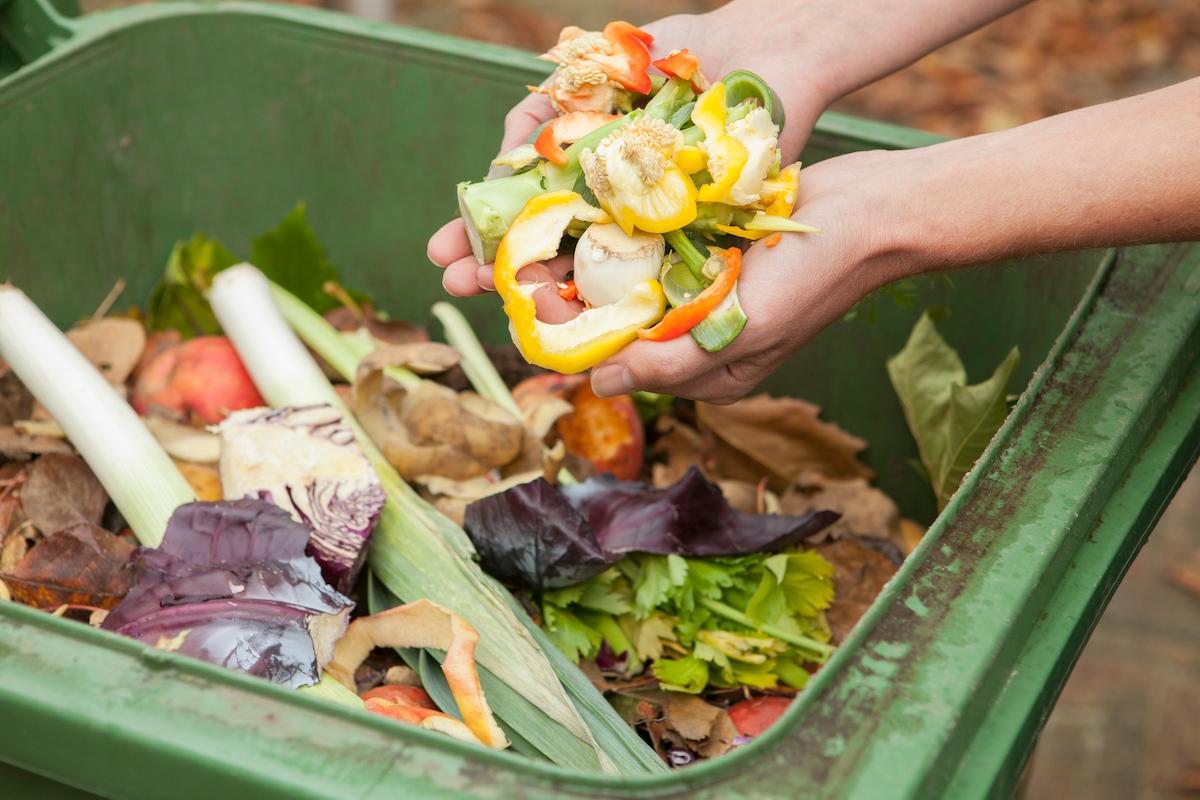
Using a sink’s built-in garbage disposal to get rid of food scraps uses a lot more water than you might think. For instance, InSinkErator recommends running a steady stream of cool water when your garbage disposal is running. Instead, compost your food scraps — not only will this reduce your water usage, but it will also help create nutrient-rich soil for your garden. Here’s our guide to starting a backyard compost.
Upgrade your appliances responsibly.
When it comes time to replace your washing machine or dishwasher, consider investing in a water-efficient and energy-efficient model. Just don’t get rid of perfectly-functional appliances in favor of shiny new ones — wait until you actually need a replacement.
Advanced water-saving tips:
Saving water is not just about saving the water you can see, or the water that affects your water bill. Here are a few out-of-the-box ways to save a ton of water.
Eat more vegan meals.
Eating a vegan diet is one of the most significant things an individual can do to lower their environmental impact — and part of the reason why is because animal agriculture is so water-intensive.
Beef is typically regarded as the most water-intensive food item, requiring an average of nearly 1,800 gallons of water for 1 pound of beef, which makes sense, considering the fact that cows consume up to 30 gallons of water per day. According to EcoWatch, the water needed for 3.5 pounds of beef (that’s about 10 burgers) is the same amount of water needed for an entire year's worth of showers for one person. If you're looking to make a low-impact swap, kidney beans need just a tenth of the water that beef needs, according to a Loma Linda University study, as per EcoWatch.
And it’s not just cows that guzzle inordinate amounts of water — around 575 gallons of water are required per pound of pork, and about 470 gallons of water are needed to make one pound of chicken meat, according to Discover.
Eliminating animal products from your diet can save far more water than taking shorter showers — so even if you’re not ready to go vegan, you can make simple swaps, such as having non-dairy milk instead of cow’s milk, Beyond burgers instead of beef burgers, and tofu scramble instead of eggs. Here’s our guide to transitioning to a plant-based diet.
Buy clothes secondhand.

According to WWF, it takes a whopping 20,000 liters of water to produce 1 kilogram of cotton, which amounts to about one cotton T-shirt and one cotton pair of jeans. A great to lower the impact of your wardrobe is to shop for clothing and other textiles secondhand, as that rescues fabric that’s already been grown from the waste stream. To get started, check out our guide to mastering secondhand shopping.
This article, originally published on May 8, 2020, has been updated.